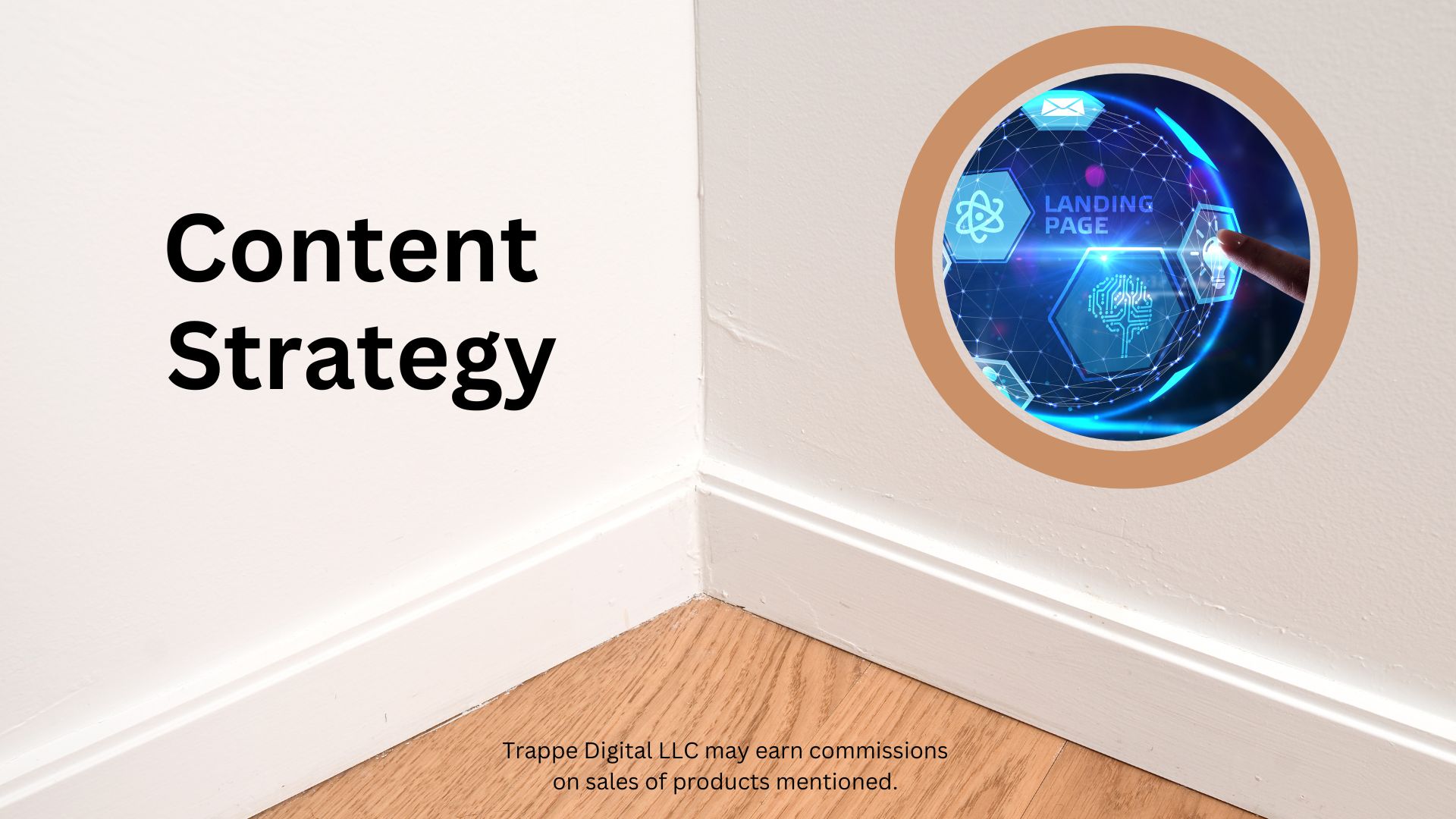Trappe Digital LLC may earn commission from product clicks and purchases. Rest assured, opinions are mine or of the article’s author.
Copywriter and social media specialist Karen Bright joins me on the live recording of Episode 636 of The Business Storytelling Show to discuss how to create a lead magnet. We discuss:
What are Lead Magnets?
A lead magnet is a free offering given to potential leads or people in your target audience in exchange for their contact information, usually their email address. The goal of a lead magnet is to entice people to sign up to your email list so you can continue to nurture them towards becoming a customer.
Traditionally, lead magnets have been things like ebooks, whitepapers, or checklists that prospects can download after providing their email address. However, lead magnets can really be any type of free and valuable content used to capture leads. Here are some examples of effective lead magnet templates:
- Ebooks/Guides
- Checklists
- Resource lists
- Calculators
- Quizzes
- Webinars
- Video tutorials
- Templates
- Research reports
- Cheat sheets
- Workbooks
- Surveys
- Coupons
- Interactive tools
- Email courses
- Infographics
The key to a good lead magnet is providing something that delivers real value to your target audience – not just a generic freebie. It should help solve a specific problem or need your ideal customers have. The more targeted and relevant your offer is, the more opt-ins and leads you will capture.
The Anatomy of Good Lead Magnet Content
Crafting an effective lead magnet requires understanding your target audience and their pain points very well. You need to provide a solution to a problem they have. Here are some tips for creating valuable lead magnet content:
1. Identify Audience Needs
Research what your ideal customers struggle with or need help with as it relates to your products or services. Talk to existing customers, read online reviews and discussions, conduct surveys – whatever helps you pinpoint common questions, frustrations and needs. Specifically look for gaps your business can help fill or problems you can provide solutions for.
2. Offer Something Unique
With so many lead magnets out there, you need a fresh take or angle on your topic. Provide information or a resource your audience can’t easily get elsewhere. New research, insider tips, step-by-step guidance on a process they struggle with, templates that help them complete key tasks faster – think about what would be most useful.
3. Make it Very Specific
Avoid creating a broad, generic lead magnet. Niche down so you’re providing something highly relevant and valuable for a segment of your audience. You may need separate lead magnets for different customer personas. The more targeted it is, the better the opt-in rates will be.
4. Keep it Brief
You don’t need a 50-page ebook. Lead with your best content in a tight, focused resource. Longer content is not necessarily better. Respect people’s time and distill the information down to the most important pieces.
5. Add a Clear CTA
At the end, include a strong call-to-action so readers know what you’d like them to do next. Do you want them to schedule a call? Sign up for a free trial? Purchase a product? Tell them specifically.
A strategic, targeted lead magnet helps move cold prospects into your sales funnel by capturing a piece of contact information they readily give in exchange for the content. But remember – the follow-up is just as critical. You need to continue nurturing leads with relevant, helpful information that brings them closer to a purchasing decision.
How to Get People to Your Lead Magnet
Creating remarkable lead magnet content is the first step. Equally important is promoting it effectively to drive opt-ins. Here are proven ways to get your lead magnet in front of your target audience:
1. Content Upgrades
Offer your lead magnet as an upgrade in existing content – like blog posts, videos, podcasts, etc. At the end of the piece of content, invite readers/viewers to get access to the lead magnet for additional tips, insights, or resources on the topic.
2. Website Promotion
Feature calls-to-action (CTAs) linking to your lead magnet form prominently on your website – especially on high-traffic pages like your homepage, blog and key product/service pages.
3. Social Media
Leverage platforms like Facebook, LinkedIn and Twitter to raise awareness of your offer. Share it natively on the platforms themselves and also run paid promotions to get it in front of more of your target demographic.
4. Email Marketing
Send dedicated emails announcing your new lead magnet to current customers and subscribers. Target lookalike audiences through paid platforms too.
5. Retargeting Ads
Upload your lead magnet form as an audience for your ads. Then you can show ads specifically to people who visited the page but didn’t convert yet.
6. SEO
Optimize the page for keywords people would search when looking for that information. This helps you rank in organic search for those terms.
7. Launch Campaign
Do a time-bound launch campaign over 1-2 weeks promoting the magnet across multiple platforms to capitalize on urgency andexcitement. But keep promoting it long-term too.
The key is utilizing multiple channels to get your offer in front of audience members where they consume content already. Repurpose modules of copy and creatives across the various platforms for efficiency.
Then focus on following up with people who sign up in a strategic, personalized way. Move them into a dedicated email nurture track rather than your general list. Continue providing relevant information related to what they opted in for and make clear calls-to-action when you’re ready to have them take the next step with your business.

